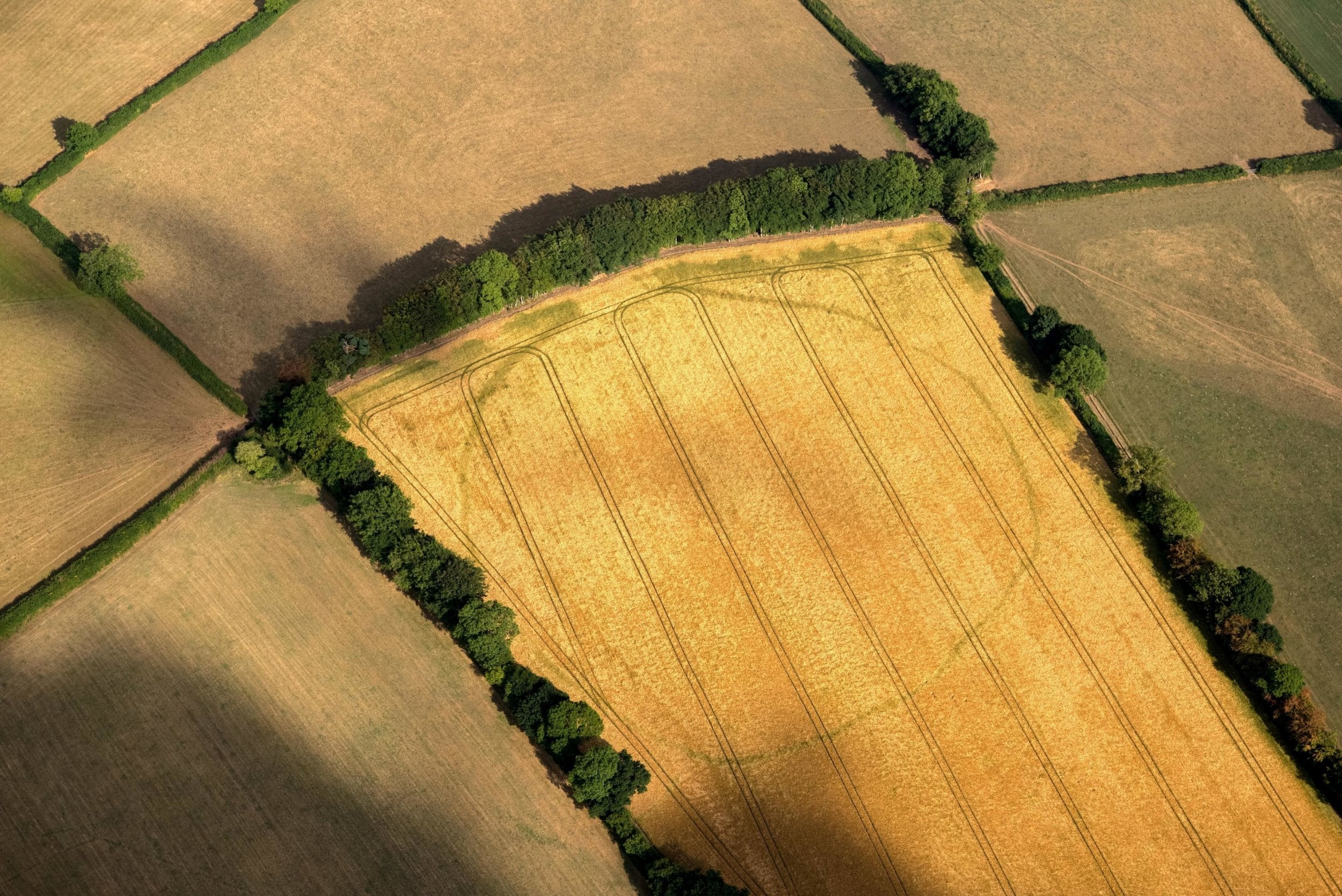Heatwave reveals hidden archaeological sites across Britain's countryside
Neolithic ceremonial monuments and Iron Age settlements exposed beneath parched yellow grass
Your support helps us to tell the story
From reproductive rights to climate change to Big Tech, The Independent is on the ground when the story is developing. Whether it's investigating the financials of Elon Musk's pro-Trump PAC or producing our latest documentary, 'The A Word', which shines a light on the American women fighting for reproductive rights, we know how important it is to parse out the facts from the messaging.
At such a critical moment in US history, we need reporters on the ground. Your donation allows us to keep sending journalists to speak to both sides of the story.
The Independent is trusted by Americans across the entire political spectrum. And unlike many other quality news outlets, we choose not to lock Americans out of our reporting and analysis with paywalls. We believe quality journalism should be available to everyone, paid for by those who can afford it.
Your support makes all the difference.Mysterious Neolithic ceremonial monuments and a Roman farm are among hidden secrets of England’s past that have been revealed by the summer heatwave.
Evidence of Iron Age settlements and ancient burial mounds have been spotted for the first time by archaeologists after the prolonged dry weather turned the lush green landscape yellow.
Archaeologists at Historic England have been taking to the skies to study “cropmarks” which have appeared in Britain’s parched fields.
The marks expose the remnants of historic buildings because the grass or crop above them grows differently compared to plants in the surrounding soil.
The resulting differences in colour or height of crops and grass can reveal the layouts of buried ditches or walls which once marked out settlements, field boundaries or funerary monuments.
Among the new discoveries in recent months are two Neolithic “cursus” monuments near Clifton Reynes, Milton Keynes, one of which has been hidden until this year under a medieval bank which is gradually being ploughed away.
The long rectangles, thought to be the remains of paths or processional ways, are among the oldest monument types in the country, dating from 3600 to 3000BC.
Other recent discoveries including an Iron Age round settlement at St Ive and a prehistoric settlement with concentric ditches at Lansallos in Cornwall.
Duncan Wilson, chief executive of Historic England, said: “This spell of very hot weather has provided the perfect conditions for our aerial archaeologists to ‘see beneath the soil’ as cropmarks are much better defined when the soil has less moisture.
“The discovery of ancient farms, settlements and Neolithic cursus monuments is exciting.
“The exceptional weather has opened up whole areas at once rather than just one or two fields and it has been fascinating to see so many traces of our past graphically revealed.”
Experts have also spotted Iron Age square burial mounds or barrows in Pocklington, Yorkshire, a Bronze Age burial mound and a ditch and series of pits that could mark a land boundary in Scropton, Derbyshire, and a settlement or cemetery at Stoke by Clare, Suffolk.
A Roman farm has emerged in a field of grass at Bicton, Devon, while prehistoric farms have been found in Stogumber and an ancient enclosure has been revealed in Churchstanton, both in Somerset.
New details of the lost Elizabethan buildings and gardens associated with Tixall Hall in Staffordshire can be seen through the drought, revealing buried foundations of the hall built in 1555 and a new hall started during the First World War, but demolished in 1926.

Features of the already protected prehistoric ceremonial landscape near Eynsham, Oxfordshire, that have not been visible for years can also be seen, including a circle of pits.
Historic England uses aerial photography of cropmarks to produce archaeological maps which help to assess the significance of buried remains and can be used to make decisions about protecting them from development or damage caused by ploughing.
Helen Winton, Historic England aerial investigation and mapping manager, described the heatwave-enabled discoveries as “very exciting”.
The last “exceptional year” for similar findings was 2011, when more than 1,500 sites were discovered, she said.
Damian Grady, Historic England aerial reconnaissance manager, added: “This has been one of my busiest summers in 20 years of flying and it is has been very rewarding making discoveries in areas that do not normally reveal cropmarks.”

Join our commenting forum
Join thought-provoking conversations, follow other Independent readers and see their replies
Comments